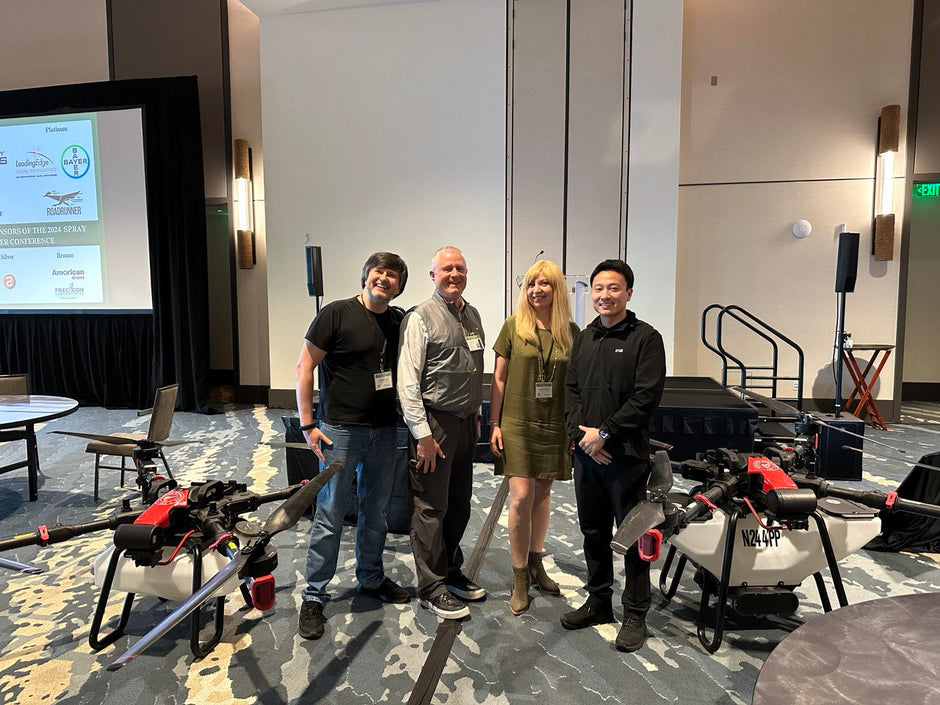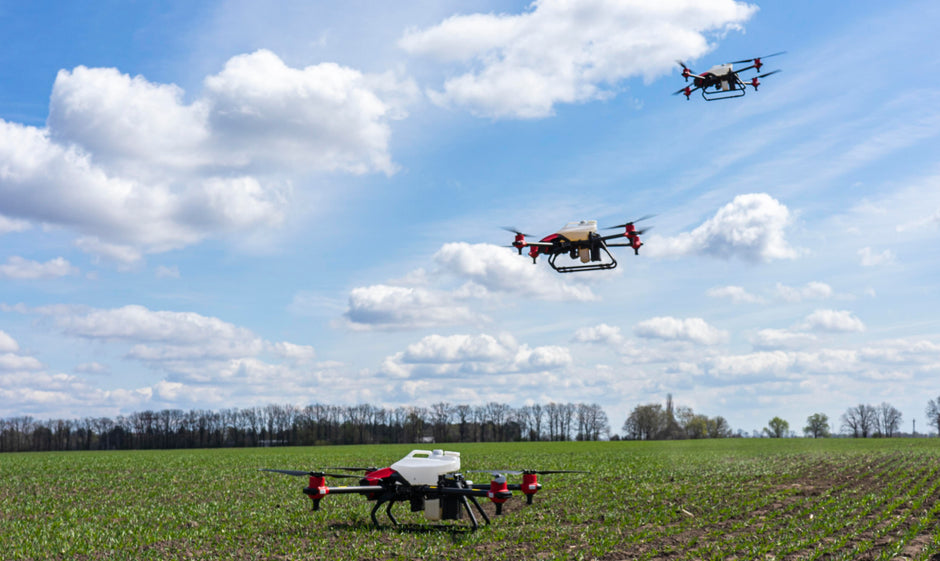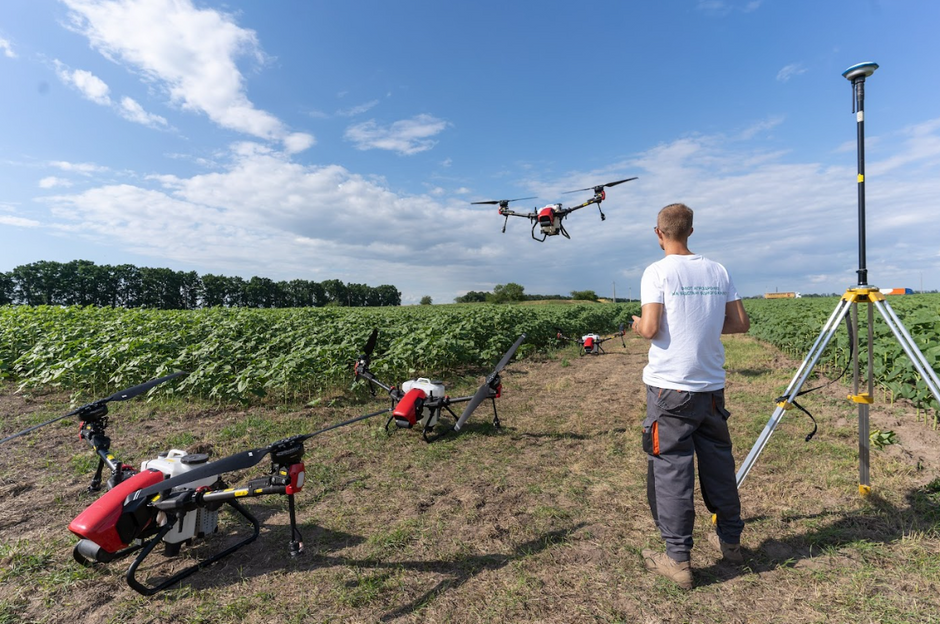The data obtained through aerial photography allows for the creation of a detailed passport for any territory or farm and provides statistical information about all existing objects.
The service is based on the collection and systematization of digital information, including:
- Outlining and classification of fields, roads, buildings, water bodies, trees, and other farm objects.
- Statistical information about all farm objects, such as area, percentage of total area, quantity, and distance calculations.
- Analysis of terrain, slope steepness, and hydrological analysis.
- Agricultural field information: fertility maps, crop rotation, potential, vegetation analysis.
- Tree analysis: quantity, area, height, crown diameter.
In this case, data collection was carried out by an aircraft covering a large area in Australia, and the data generation into orthophotos was done by another company.
Working outside of Ukraine has its own specific features. A customer carries out the surveying outside of Ukraine independently, providing a technical assignment for the surveying if necessary, specifying recommended parameters or already formed routes for drones. Later, DroneUA provides the captured images for stitching using software like Pix4DMapper, or, as in this case, ready-made orthophoto plans are provided.
Analysis of maps and the creation of a digital farm passport:
In this case, the input data consisted of orthophoto plans with a ground sampling distance (GSD) of 10 cm/pixel and the farm boundaries. The contours are refined through the analysis of actual borders visible on the orthophoto. All data is created using GIS software, such as QGIS.
Using GIS software, based on the analysis of the orthophoto plan and the digital terrain model, the following maps were created: vegetation coverage map, land use map, slope exposure and steepness maps. Together, these maps formed the digital passport of the farm. The composition of the maps can be modified and expanded according to the client's needs.
The technical assignment was thoroughly coordinated with the customer, specifying the classes of objects to be included in the land use map, the required maps to be created, and the desired representation of statistics. Each project is developed specifically for the client to meet all their requests.

Vegetation Map: The vegetation map determines the growth indicators of trees, including quantity, area, height, and classification based on developmental stages. The counting of trees and determination of crown height and area are done through the analysis of the digital surface model (DSM) and vegetation indices extracted from Red Green Blue (RGB) images.

Slope Exposure Map: Maps with slope exposure determination (spatial orientation of slopes) were created automatically using QGIS tools. The exposure influences the intensity of sunlight on the landscape, which shapes the microclimate of the area, determines soil types, and affects the types of plants that will grow in a particular location, among other factors.

General Map: A comprehensive map of the farm with object classification and statistical data for each object.

Slope Steepness Map: Analysis of slope steepness helps identify areas accessible for machinery passage and can be used for road construction projects or planning orchards.
Advantages of the digital farm passport:
- All information is accessible on computers and smartphones, allowing for manipulation of spatial data, overlaying different layers, and highlighting specific data.
- Accurate and detailed statistics, including total/managed area, distances between objects, sizes, and quantities.
- Evaluation and comparison of field potential considering terrain.
- Optimization of processes, such as creating maps for seeders and sprayers.
- Integration possibilities with electronic systems used in the farm.
Results:
- Maps of farm objects and analytics in geoTIFF, SHP, and KMZ formats.
- Field and object statistics through reports and tables.
- Interactive web maps with statistical data in HTML format, viewable in any browser










